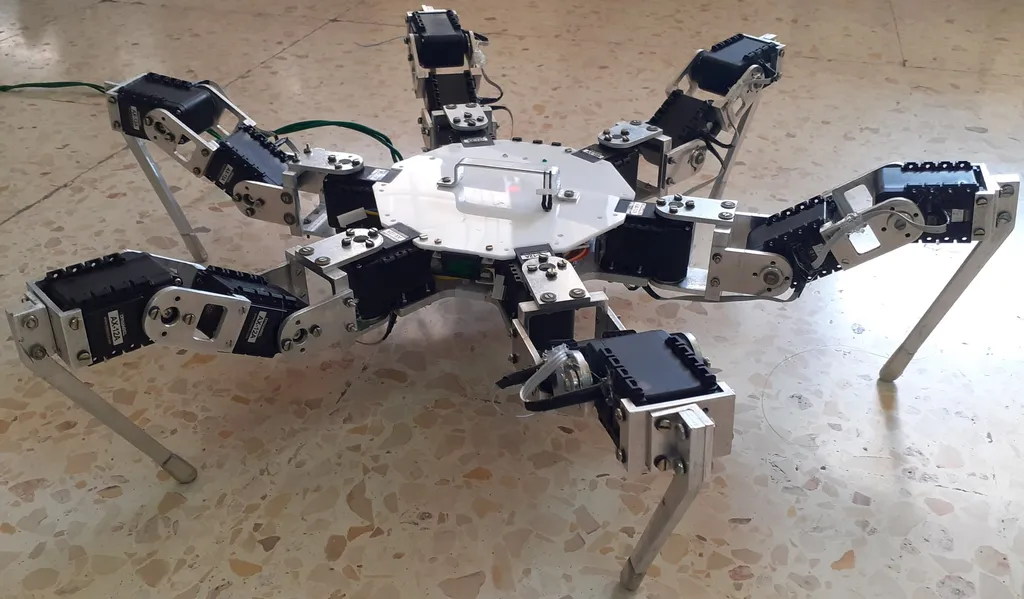In the ever-evolving landscape of robotics, a groundbreaking study published in Ain Shams Engineering Journal, known in English as the Ain Shams Journal of Engineering, is set to redefine how we think about mobile manipulation in industrial settings, particularly within the energy sector. Led by Yi Zheng from the School of Mechanical Engineering at Anhui University of Technology in China, this research introduces a novel hexapod robot designed to tackle the dual challenges of locomotion and manipulation with unprecedented stability and precision.
At the heart of this innovation lies a unique leg-arm integration system. Unlike traditional hexapod robots, which often struggle with maintaining stability while performing tasks, Zheng’s design features two transformable limbs that enable dual-arm manipulation. This is achieved while the robot’s four legs work in harmony to compensate for any shifts in balance, ensuring steady operation even under heavy loads.
The secret to this robot’s stability is its sophisticated center of mass (COM) kinematics planning. Zheng and his team have developed a comprehensive COM kinematics model that encompasses the robot’s leg branches, leg-arm branches, and full-body system. This model serves as the theoretical backbone for the robot’s mobile manipulation planning, allowing it to navigate complex environments with ease.
“By leveraging the analysis of the (3 + 1) static gait characteristics, we’ve been able to establish a planar COM trajectory and foot-end motion patterns,” Zheng explains. “This, combined with the COM height definition and inverse COM kinematics implementation, enables precise leg motion control.”
The implications of this research for the energy sector are vast. In environments such as offshore drilling platforms or nuclear power plants, where terrain can be unpredictable and tasks often require both mobility and manipulation, this hexapod robot could revolutionize operations. Its ability to maintain stability while handling heavy payloads could significantly enhance efficiency and safety in these high-stakes settings.
Moreover, the robot’s design paves the way for future developments in legged robotics. By solving the simultaneous locomotion-manipulation challenge through whole-body COM regulation, this research opens up new possibilities for robots that can operate in even more demanding environments.
As we look to the future, it’s clear that robots like Zheng’s hexapod will play a crucial role in shaping the energy sector. With their advanced mobility and manipulation capabilities, they could help us tackle some of the industry’s most pressing challenges, from maintaining aging infrastructure to exploring new frontiers in renewable energy.
The study, published in Ain Shams Engineering Journal, marks a significant step forward in the field of robotics. As we continue to push the boundaries of what’s possible, it’s innovations like these that will light the way.

